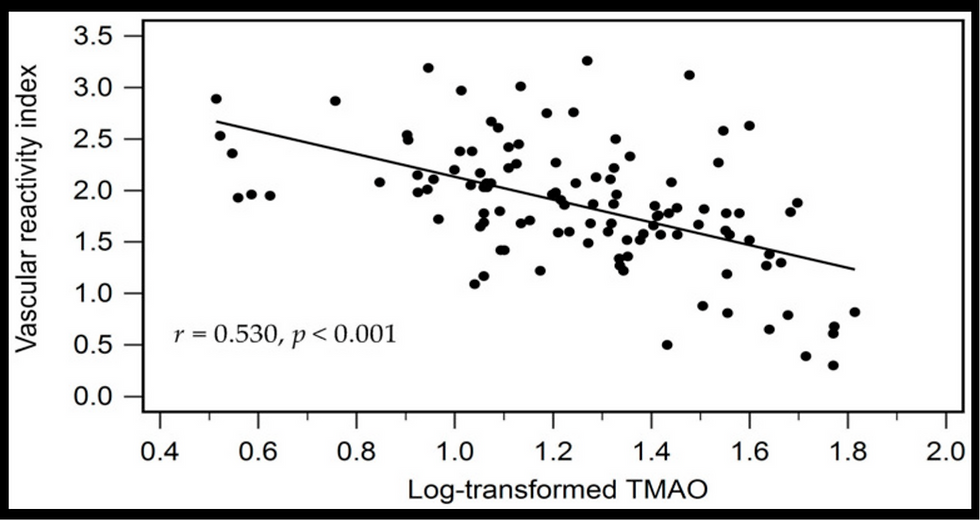Long-Term Effects of Aircraft Noise Exposure on Vascular Oxidative Stress,
- heartlung
- Jan 16, 2023
- 2 min read
Endothelial Function and Blood Pressure
Front Mol Biosci 2022 Jan 31;8:814921. Long-Term Effects of Aircraft Noise Exposure on Vascular Oxidative Stress, Endothelial Function and Blood Pressure: No Evidence for Adaptation or Tolerance Development
Affiliations 1 Department of Cardiology, Cardiology 1, Laboratory of Molecular Cardiology, University Medical Center of the Johannes Gutenberg University, Mainz, Germany. 2 Boston Children’s Hospital and Harvard Medical School, Department of Hematology/Oncology, Boston, MA, United States. 3 Department of Otorhinolaryngology, University Medical Center Bonn (UKB), Bonn, Germany. 4 Jagiellonian Centre for Experimental Therapeutics (JCET), Jagiellonian University, Krakow, Poland. 5 German Center for Cardiovascular Research (DZHK), Partner Site Rhine-Main, Mainz, Germany. 6 Institute for Microscopic Anatomy and Neurobiology, University Medical Center of the Johannes Gutenberg-University, Mainz, Germany. 7 Focus Program Translational Neurosciences (FTN), University Medical Center of the Johannes Gutenberg-University, Mainz, Germany. 8 Department of Pharmacology, Medical College of the Jagiellonian University, Krakow, Poland. 9 Center for Thrombosis and Hemostasis, University Medical Center of the Johannes Gutenberg-University, Mainz, Germany.
Abstract Transportation noise is recognized as an important cardiovascular risk factor. Key mechanisms are noise-triggered vascular inflammation and oxidative stress with subsequent endothelial dysfunction. Here, we test for adaptation or tolerance mechanisms in mice in response to chronic noise exposure. C57BL/6J mice were exposed to aircraft noise for 0, 4, 7, 14 and 28d at a mean sound pressure level of 72 dB(A) and peak levels of 85 dB(A). Chronic aircraft noise exposure up to 28d caused persistent endothelial dysfunction and elevation of blood pressure. Likewise, reactive oxygen species (ROS) formation as determined by dihydroethidium (DHE) staining and HPLC-based measurement of superoxide formation in the aorta/heart/brain was time-dependently increased by noise. Oxidative burst in the whole blood showed a maximum at 4d or 7d of noise exposure. Increased superoxide formation in the brain was mirrored by a downregulation of neuronal nitric oxide synthase (Nos3) and transcription factor Foxo3 genes, whereas Vcam1 mRNA, a marker for inflammation was upregulated in all noise exposure groups. Induction of a pronounced hearing loss in the mice was excluded by auditory brainstem response audiometry. Endothelial dysfunction and inflammation were present during the entire 28d of aircraft noise exposure. ROS formation gradually increases with ongoing exposure without significant adaptation or tolerance in mice in response to chronic noise stress at moderate levels. These data further illustrate health side effects of long-term noise exposure and further strengthen a consequent implementation of the WHO noise guidelines in order to prevent the development of noise-related future cardiovascular disease.
Keywords: acute and chronic aircraft noise exposure; endothelial dysfunction; hearing threshold by audiometry; hypertension; oxidative stress; stress adaptation.
View Full-Text
![Lipoprotein(a) levels predict endothelial dysfunction in maintenance hemodialysis patients: evidence from [VENDYS] vascular reactivity index assessment](https://static.wixstatic.com/media/dac531_5285607cc591409a9d83746f042af7c6~mv2.png/v1/fill/w_980,h_980,al_c,q_90,usm_0.66_1.00_0.01,enc_avif,quality_auto/dac531_5285607cc591409a9d83746f042af7c6~mv2.png)


Comments